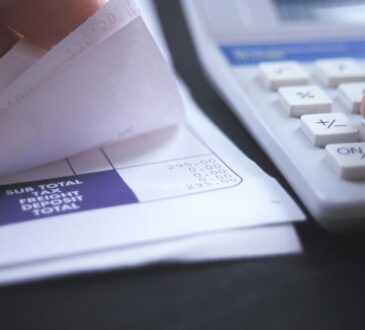
The practice of utilizing a mobile device to conduct financial transactions is known as mobile banking. Some financial institutions, particularly banks, offer the service. Customers and users of mobile banking can complete a variety of transactions, which may differ depending on the institution. Currently, the emergence of cellular mobile applications has made mobile banking simpler. Customers may now examine their bank statements, check their accounts, make transfers, and even buy prepaid services online.
Mobile banking, also called SMS banking, was conducted primarily through text or SMS before mobile web services were introduced and made available in 1999. By utilizing the mobile web via WAP support, European banks were at the forefront of the mobile banking service offering. Before 2010, mobile web and SMS banking were the most widely used mobile banking services. Mobile banking applications (apps) started to advance as smartphones with iOS or Android operating systems became more prevalent. Customers could download banking apps like Phonepe to their cell phones with more advanced user interfaces and enhanced transactional capabilities.
Services Offered by Mobile Banking
Mobile banking services can be categorised under the following headings:
- Access to account details: Customers who have access to their account information can view their account balances and statements by requesting a mini account statement, bank account open online, reviewing transactional and account history, monitoring their term deposits, checking and viewing loan or card statements, access investment statements (equity or mutual funds), and for some institutions, manage insurance policies.
- Transactions: Clients can make purchases with other applications or prepaid service providers, perform self-account transfers, pay third parties (such as bill payments), and transfer funds to accounts at the same institution or other institutions via transactional services.
- Investments: Clients that use investment management services can manage their portfolios or get a real-time picture of their investments (term deposits, etc.)
- Support services: Customers can use support services to track the progress of their requests for credit or loans, follow up on card applications, and find ATMs.
- News and content: The most recent offerings from the bank or institution are also provided through content services and financial news.
With mobile banking, customers may access financial services from any location. Businesses and business owners may now save time by using mobile applications to handle payments or even receive money directly from customers on their phone numbers. It is particularly well-liked by small and medium-sized businesses (SMEs). Thanks to mobile technologies, banks can reduce operational costs while still retaining customer satisfaction. Any bank customer can use their bank app to request a service, like opening an account or even planning debit orders or other payments. This enables higher transactional volumes, which ultimately spurs corporate growth.
Customers can download the mobile banking app that banks offer. After downloading, individuals must set up an online account by responding to a few short questions and setting a username and password to register for access. Then go ahead and create an MPIN. Keep in mind that SMS and USSD are other methods of m-banking.




